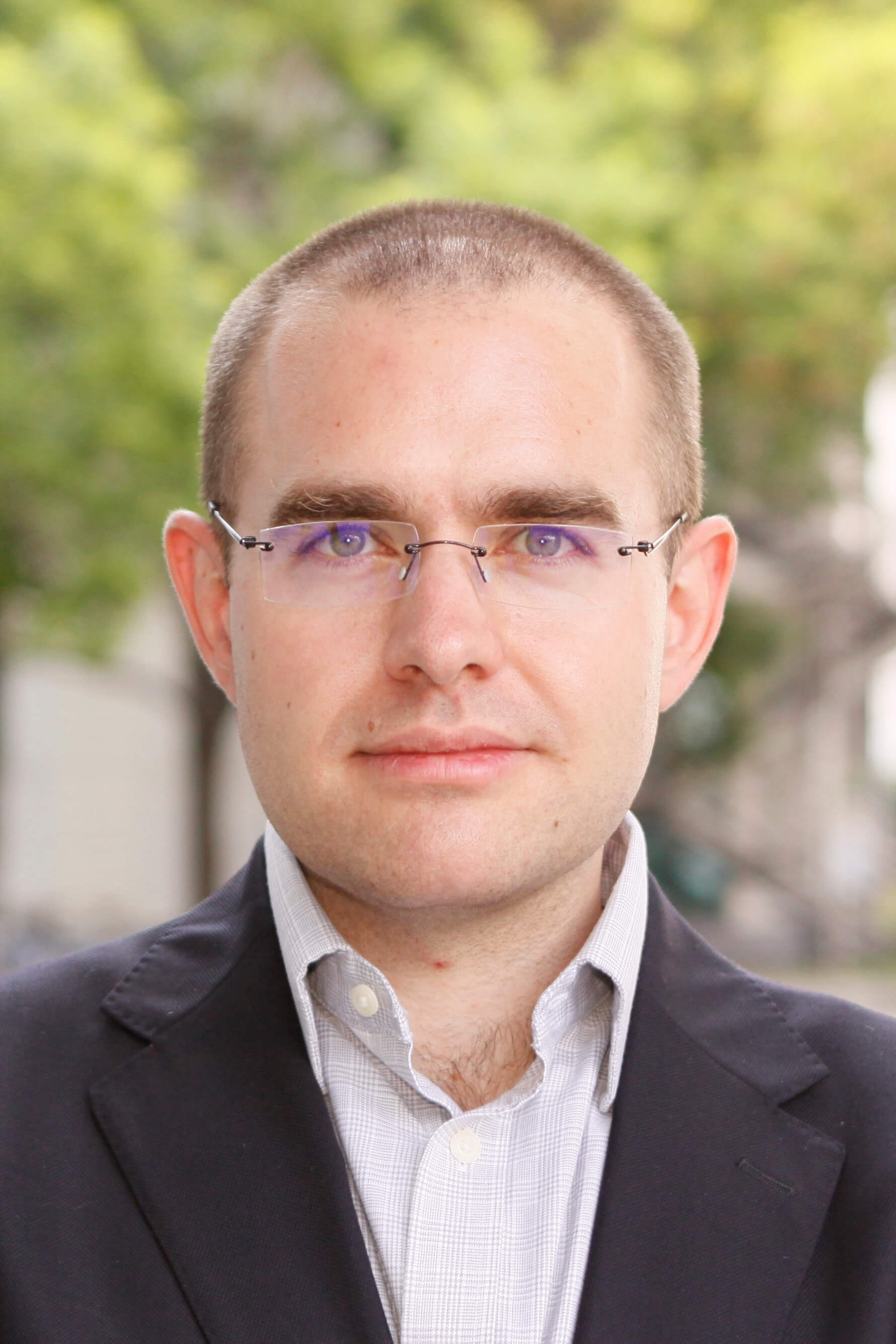
Where is he now?
Jesús moved to Zaragoza (Spain), where he now holds a tenured position as a research scientist at the Institute of Nanoscience and Materials of Aragón (INMA), a joint venture of the University of Zaragoza and the Spanish National Research Council (CSIC). He still keeps busy doing computational materials science, with a focus on thermal transport problems, accelerated ab-initio workflows, and the applications of machine learning.
Research interests
My main line of research concerns itself with predictive approaches to the thermal conductivity of solid structures based on atomistic first-principles calculations. I was one of the main contributors to the development of this framework for pristine bulk systems and now work on extending it to systems with crystalline defects like dopant atoms and dislocations, as well as to mesoscale structures like transistors. The results of this research provide fundamental insights into the physics of heat carriers like phonons, but also important hints for optimizing technological devices.
Another domain of research in which I am active is the application of machine-learning techniques to materials science, specifically in two areas: high-throughput screening of materials libraries for particular applications and development of interatomic potentials. Both intersect with thermal transport calculations in solids important ways, but also find use in a second kind of system I am interested in, namely ionic liquids as employed in electrochemical devices.
A third thematic area in my research is electronic transport in 2D and 3D materials and, subsidiarily, the assessment and improvement of electronic-structure techniques.
Most relevant scientific results
- Co-author and maintainer of the following pieces of open-source scientific software: ShengBTE [1] and almaBTE [2] for thermal conductivity calculations, and BoltzTraP2 [3] for electronic transport.
- Pioneered the atomistic, parameter-free study of the effect of crystallographic defects on thermal transport, showing predictive capabilities that can be used to characterize samples, unveiling fundamental problems of previous models of dislocations [4] and coining the concept of phonon super-scatterers [5].
- Put phonon studies of 2D materials on a solid foundation by including the fundamental effect of rotational symmetry [6], the neglect of which had led to errors in dozens of previous studies.
- Conducted the pioneering high-throughput screening of the class of half Heuslers [7] for thermoelectric applications by combining first-principles calculations with machine-learning techniques.
- Contributed to the development of the AFLOW material library with machine-learning tools for accelerated electron and phonon calculations [8].
- Performed the ab-initio study of the thermal conductivity of the then-recently discovered high-performance thermoelectric material SnSe, pointing to problems in the published experimental results [9].
- Explored the interactions between spinons, defects and phonons in the spin chain compound Ca2CuO3 [10], paving the way to studies of the role of magnetic excitations in heat transport.
Career
- 2023–recent: Research Scientist at the Institute of Nanoscience and Materials of Aragón (INMA), Zaragoza, Spain
- 2016–2023: Senior Scientist of TACO
- 2014–2016: Staff Research Engineer – DRT/LITEN/DTNM/SERE/LTE, CEA-Grenoble, France
- 2012–2014: Postdoctoral Researcher – DRT/LITEN/DTNM/LTE, CEA-Grenoble, France
Education
- 2012: Ph.D., Materials Science, University of Santiago de Compostela, Spain
- 2007: BSc+MSc Physics, University of Santiago de Compostela, Spain



